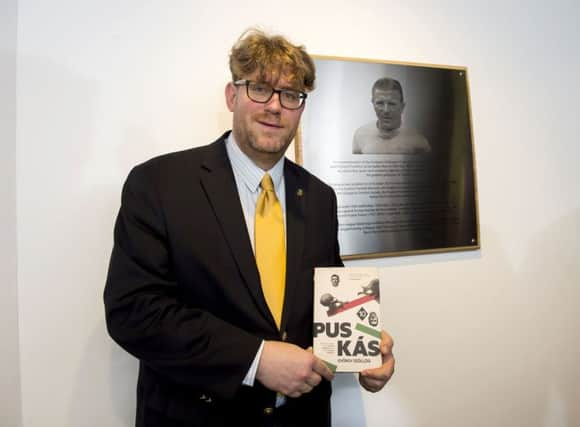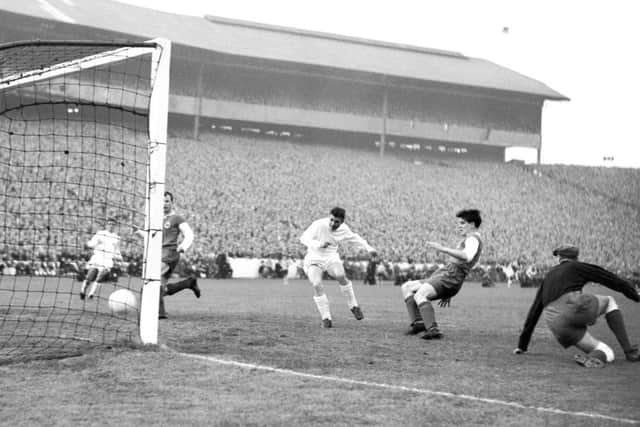Alan Pattullo: Honour for Hampden hero Ferenc Puskas


Although a Magyar of Hungarian rather than Maryhill extraction, Ferenc Puskas is still a revered figure in Glasgow.
It is, after all, the city he, together with friends including Alfredo Di Stefano and Francisco Gento, lit up on a May night in 1960: Real Madrid 7, Eintracht Frankfurt 3.
Advertisement
Hide AdAdvertisement
Hide AdFor Scottish football fans both young an old, the result reads like the first line of a sonnet.


Puskas scored four times – the haul remains a record in European finals to this day. More than 120,000 spectators relished the action, with Di Stefano also netting a hat-trick (the Germans had shocked Real Madrid into action by scoring first).
A plaque commemorating what is regarded as one of the greatest football matches of the 20th century – if not the greatest – was yesterday unveiled at the Scottish National Football Museum at Hampden.
It coincides with the publication of a new book on Puskas, who died in 2006 at the age of 79 after being diagnosed with Alzheimer’s six years earlier, entitled Puskas: Madrid, Magyars and the Amazing Adventures of the World’s Greatest Goalscorer.
On the plaque itself, Puskas is referred to as “the greatest goalscorer of the 20th century”. He scored 84 goals in 85 international appearances, 514 goals in 529 matches in the Hungarian and Spanish leagues.
But his legend was underlined on a single night at Hampden 55 years ago. Since there were so many present, it is inevitable that some notable names were in the crowd.
“I was a player at Queen’s Park and was able to get a ticket to witness the greatest final of all time,” writes Sir Alex Ferguson, in the foreword to the book, published by BackPage Press and translated from Hungarian into English for the first time.
“I was fortunate to have seen him play. He was without question one of the greatest players of all time.”
Advertisement
Hide AdAdvertisement
Hide AdAuthor György Szöllösi is only 38 so did not have the pleasure of watching Puskas play. But he did make the pilgrimage from Hungary to Hampden, driving all the way, to watch Real Madrid’s return to the stadium for another European Cup final, against Bayer Leverkusen in 2002. So, too, did Puskas. Already ailing, it was the last time he left Hungary. “He got special permission from the medical people to come,” explained Szöllösi.
Puskas’s links to Glasgow therefore extend further than just one game of football, special though it was.
After another European Cup tie, against Rangers, Puskas famously ended up at a house party in Drumchapel. His chaperone? One Jim Baxter, who later recalled, “I’ve always thought there should be a plaque in Drumchapel which should state: ‘The great footballer Puskas scored here’.”
It might not be in the scullery of a tenement house in Drumchapel, where said dalliance with a local lass is reputed to have occurred, but there is now a plaque in Glasgow. At Hampden, scene of another great Puskas conquest on Scottish turf.